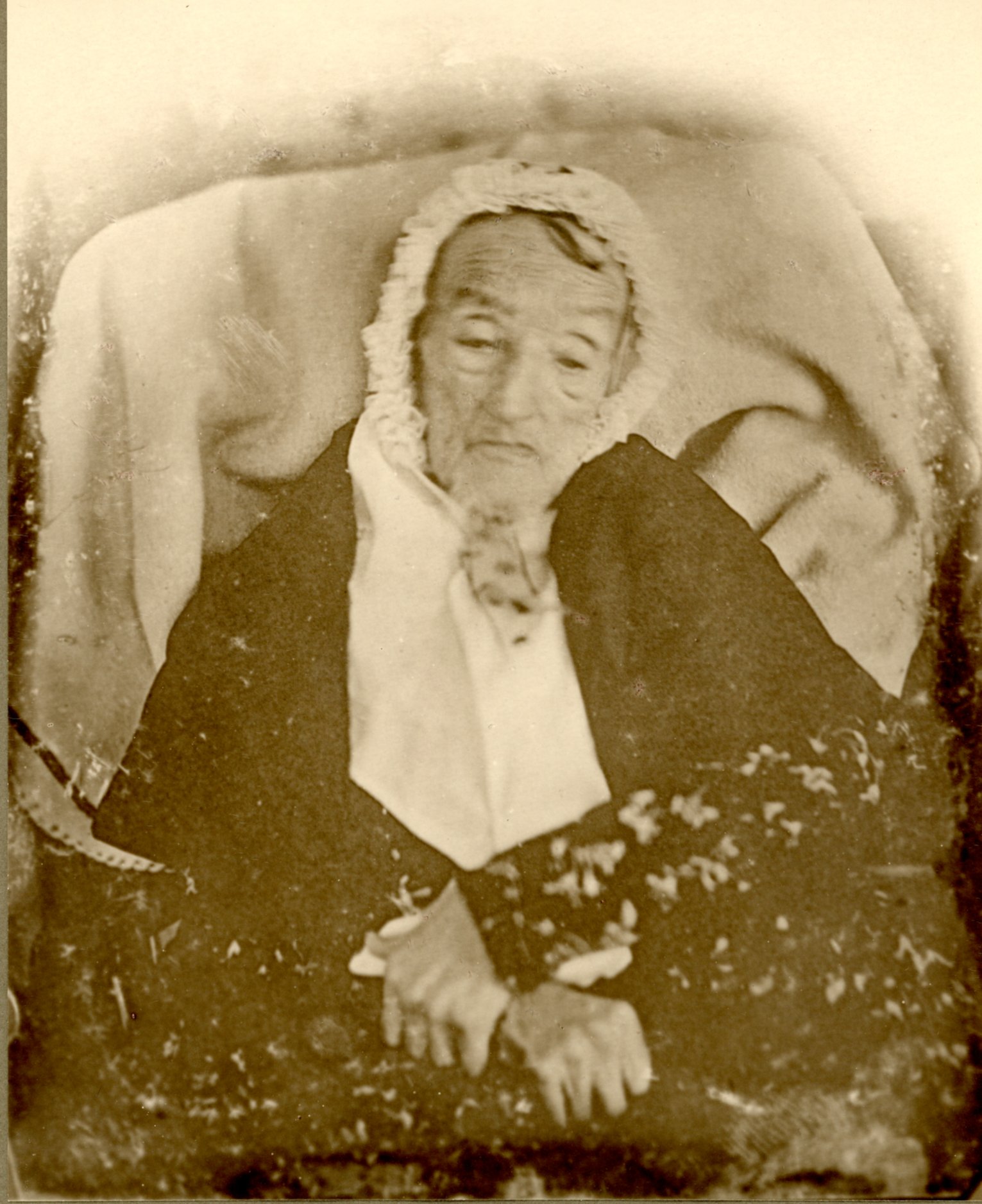On October 27, 1772 Samuel Sanderson married Mary Munroe, daughter of William and Rebecca Locke Munroe, in Lexington. They were both 24 years old. Mary was the cousin of tavern keeper William Munroe, and the young couple moved into their home just east of Munroe Tavern. The Sanderson house still stands on Massachusetts Avenue in Lexington.
Samuel was a “joiner” or cabinet maker who often made coffins as well. “He worked at his trade as a “jiner” in the basement of the house, and his wife often held a candle as he made a coffin.”2 With them lived Samuel’s brother Elijah, also a cabinet maker who, along with another brother Jacob, became quite famous in the trade when they moved to Salem, Massachusetts and in the 1780s created what became known as the “Salem style” of cabinetry.3
Samuel was a corporal in Captain John Parker’s Lexington Militia Company, and on the morning of April 19, 1775 when he learned of the British expedition to Concord, he took his wife and baby to her father’s house in the portion of Lexington known as Scotland for the number of members of the Scottish Munroe family living there.4 He then set off for Lexington Common to join the other members of Captain Parker’s company mustering there.
After the British retreat, Mary returned to find her home had been vandalized, a good number of things stolen, and their cow killed, “not for food, but for the pure pleasure of killing something.”5 She also found a wounded British soldier lying in her bed. Mary was irate over the destruction visited upon her home, and having some of the Scottish accent of her family, cried out, “I wont hae him there. Why didn’t you knock him in the head?”6
Others insisted that he be taken care of, yet when the soldier begged for tea, she refused, “what for should I gae him tae for? He shall hae none.” She said, “The Satanish critters stole and destroyed everything in the house and didn’t leave rags enough to dress the wounds of their own soldiers.” When finally the soldier was offered sustenance, he refused to eat or drink unless the food was tasted by some other member of the family first.7
Samuel and Mary moved to Lancaster, Massachusetts in 1776, and when Samuel died there on July 24, 1803, Mary returned to Lexington. Despite crippling arthritis, she died on October 15, 1852 aged 104 years and 5 days, never having tired of telling visitors about the incident of the wounded British soldier.<sup>8</sup>
Footnotes
1 Charles Hudson, History of the Town of Lexington, Middlesex County, Massachusetts from Its First Settlement to 1868, Revised and Continued to 1912, Two Volumes, Lexington Historical Society, Houghton Mifflin Company, Boston and New York, 1913, Volume II, Genealogies, p.605.
2 Michael J. Canavan, “Canavan Papers,” unpublished manuscript, Cary Memorial Library, Lexington, MA, p. 131.
3 Thomas Hamilton Ormsbee, “Flashback: The Sandersons and Salem Furniture,” Collectors Weekly, March 28, 2009.
4 Canavan, p. 132-33.
5 Frank Warren Coburn, The Battle of April 19, 1775 in Lexington , Concord, Lincoln, Arlington, Cambridge, Somerville and Charlestown, Massachusetts, Lexington, Published by the author, 1912, p. 127.
6 Canavan, p. 132.
7 Ibid.
8 Rick Beyer, The Revolutionary Experience: First Shot, Lexington Historical Society, Lexington, MA, 2011; Hudson, Genealogies, p. 605.
Image courtesy of the Lexington Historical Society.


